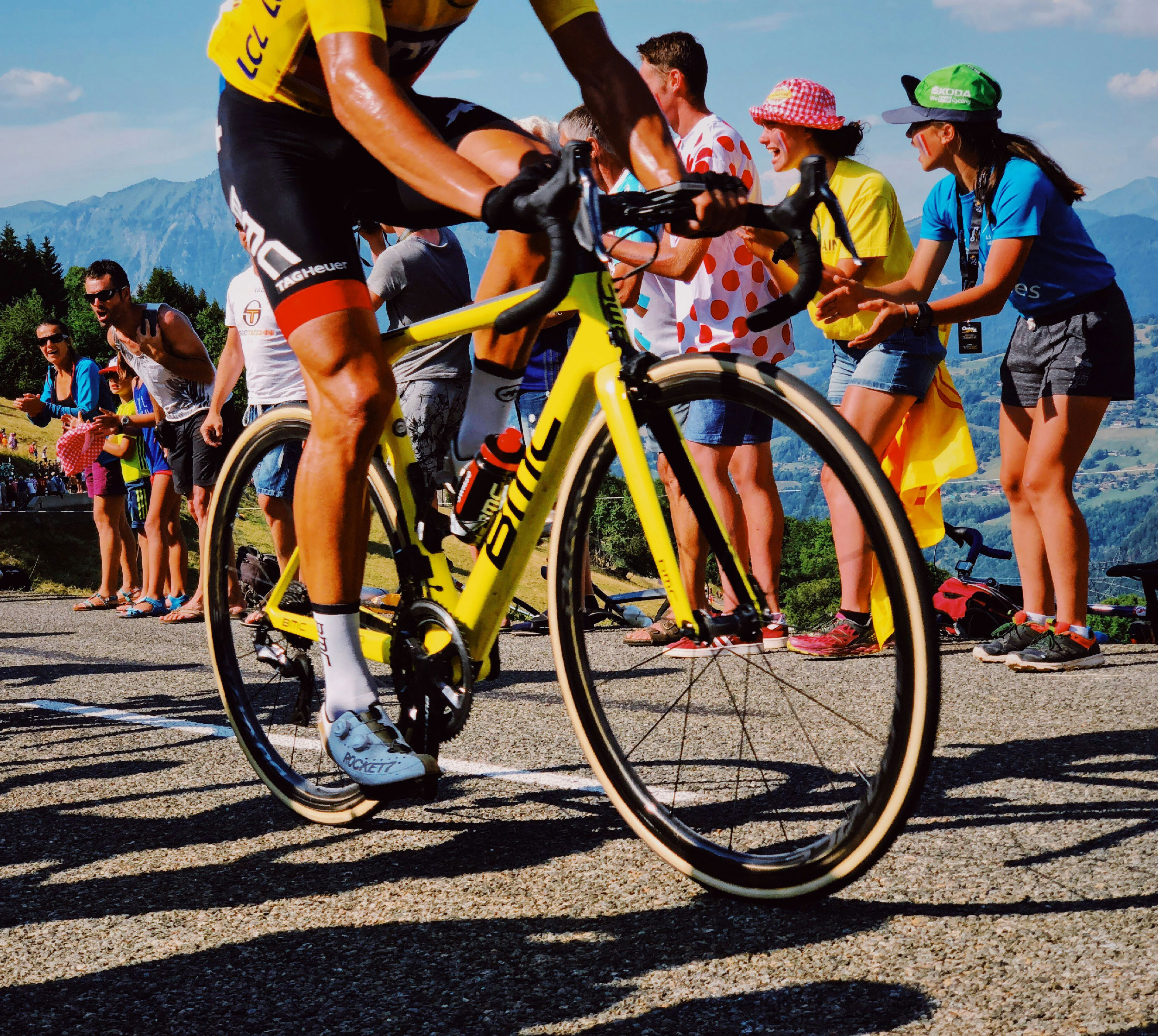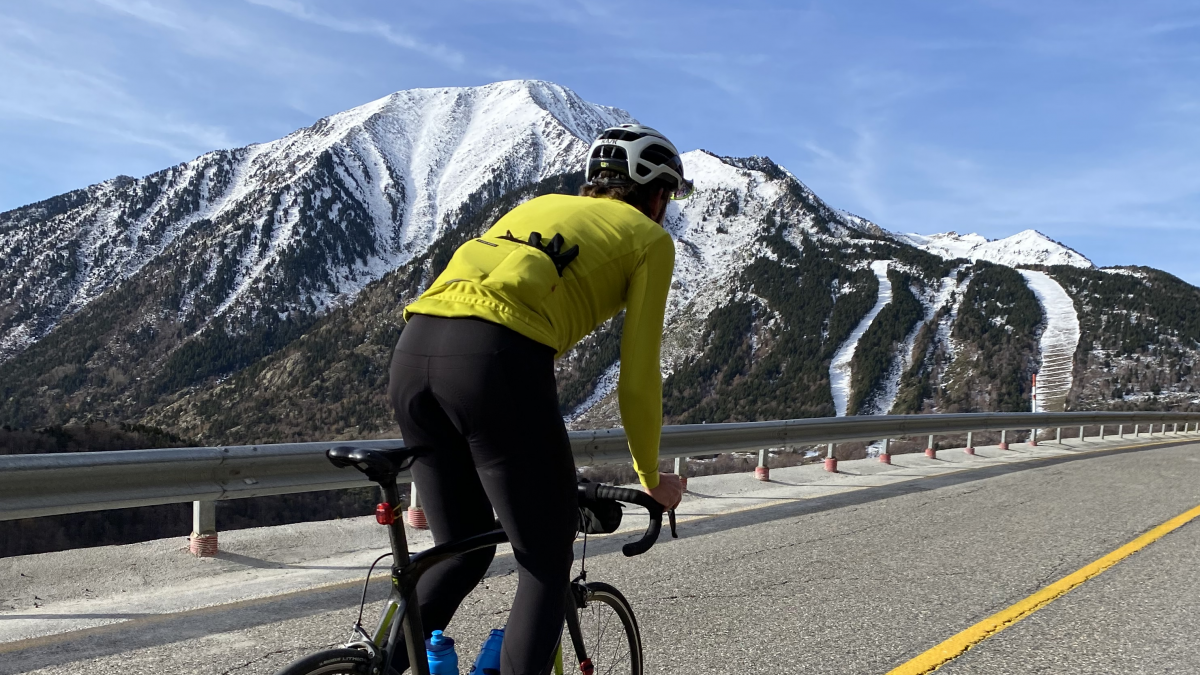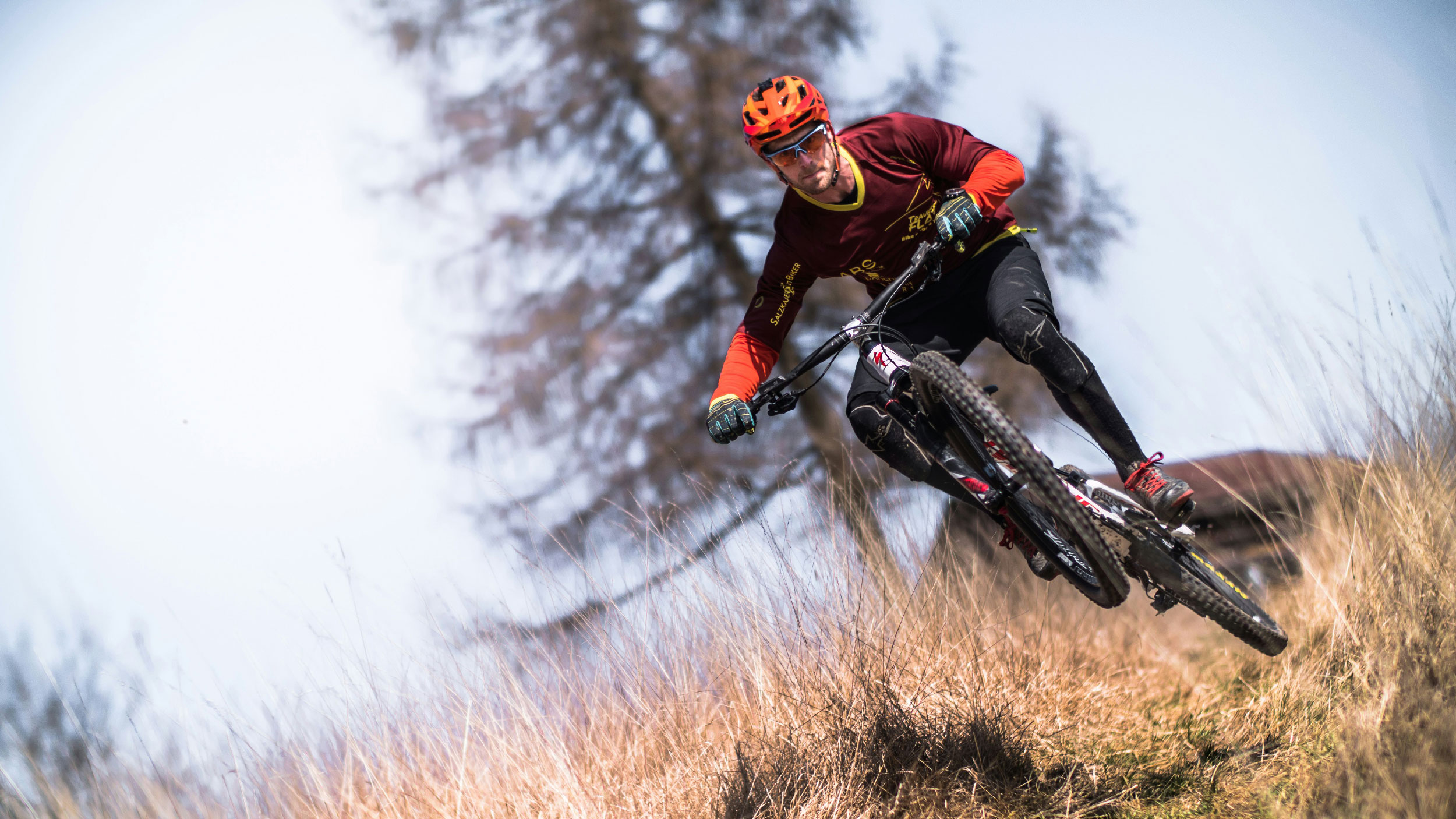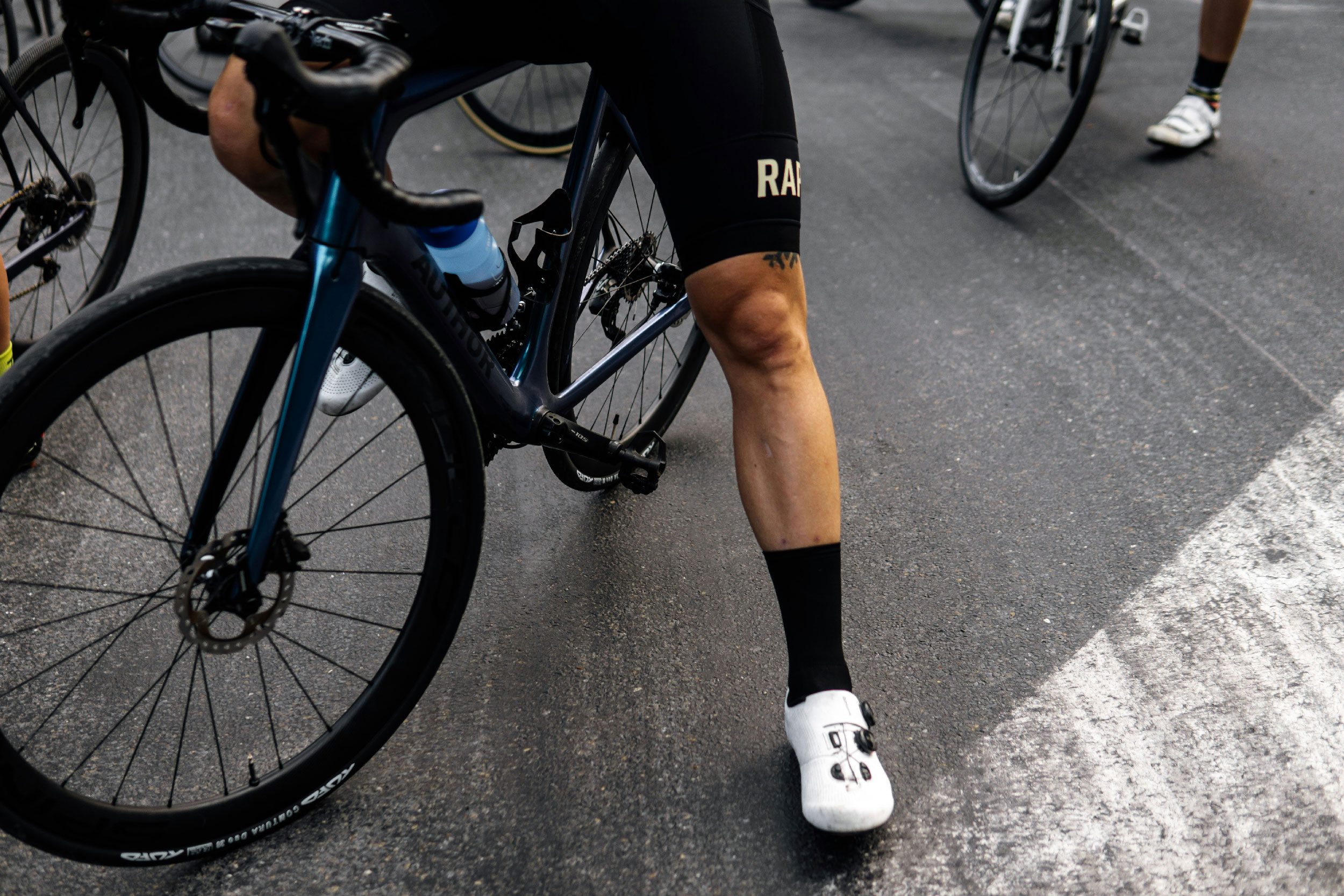
Ventilatory threshold 2 the aerobic threshold
We now close the physiological milestones of our metabolism with theanaerobic threshold or ventilatory threshold 2with this entry.
We will place this VT2 at the end of the phase 2 from the Skinner and Maclellan model (1980) which we already presented in other publications.
The anaerobic threshold will be where anaerobic glycolysis will largely be present., where it begins to intervene in a relevant way as an energy source of ATP and collapsesthe bicarbonate buffer system.This is caused by a drop in pH and a hyperventilation response as a protective measure for our body..
There will also be a total recruitment of type IIa fibers, and the beginning of the llx, where there will be an exclusive consumption of carbohydrates as the main source of energy.
During an incremental test with a gas analyzer, this VT2 can be located because the respiratory quotient (R) (Volume of CO2 / O2 volume) will normally be above 1. AlsoHRmax will surely be reached. and Vo2max of the athlete in this test.
The aerobic and anaerobic participation will be around 95% aerobic and 5% anaerobic at the beginning of this VT2 but as we enter the phase 3 This contribution will vary.
When working at VT2 intensities, the limiting factor in performance will be peripheral acidosis., where the accumulation of lactate will cause our performance to decline and will be noted with a decrease in neuromuscular coordination (applied force) and the glycolysis reaction will be limited..
The time limit of this VT2 will be around 11' for trained cyclists., varying from 9′ in the worst case to 14′ in the best of them, with which, The prescription of interval work at this anaerobic threshold can help us with the oxidation of glycogen and an increase in glycogen deposits., central type adaptations, increased blood volume (increased total amount of blood), stroke volume and maximum cardiac output.
These interval jobs can be scheduled according to 8 at 12-14′ at an intensity of 82-88% of the cyclist's Vo2max in most cases. (Cerezuela et al. 2018)
We may be interested in improving this VT2 in XCM test athletes, Route and even in other disciplines such as XCO o CX although not as specific as it would be in the first two, where there are race situations with constant rhythms at this intensity and that good prior work will help the cyclist to be able to respond and mark differences against their rivals.
Road cycling performance: Fatigue resistance
In this new blog entry we will talk about a concept that we believe is decisive for the
Zones / Training rhythms
In this blog entry we are going to comment on the distribution that we can give to our intensity intensities.
Muscle fibers: Typology and identification of them
We have sometimes talked about genetic abilities of athletes, more specifically the cyclis





